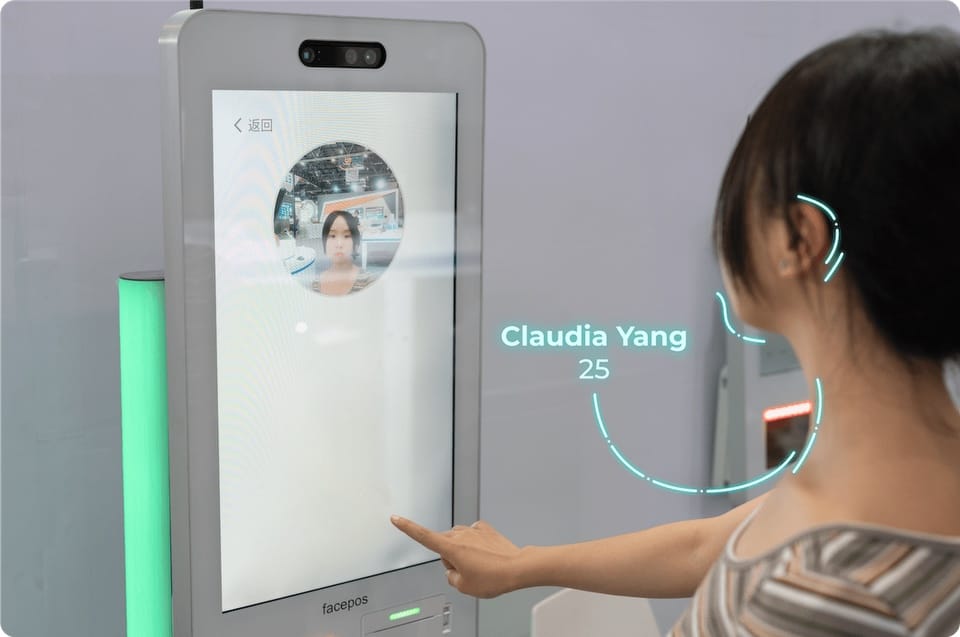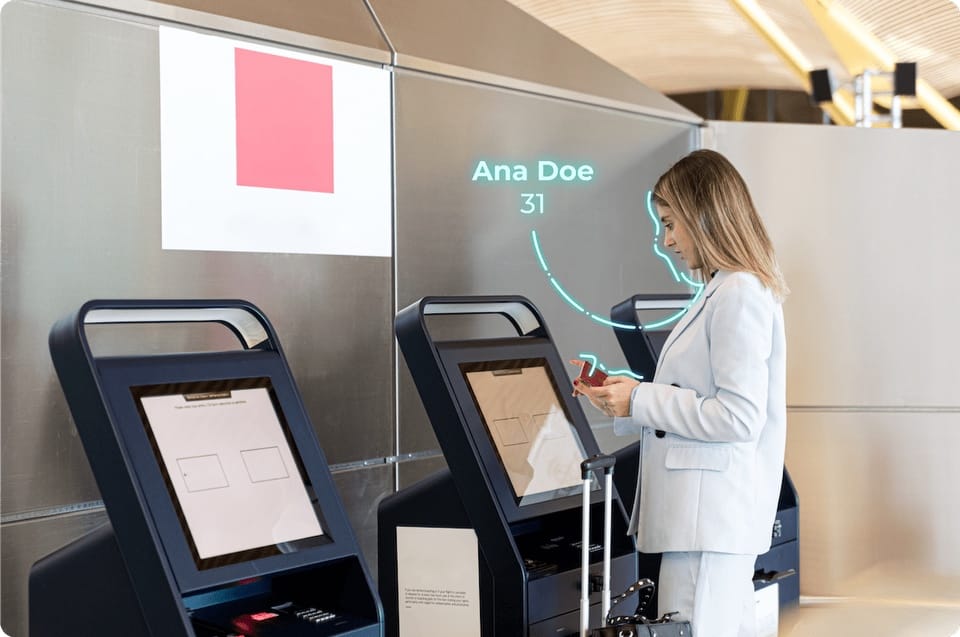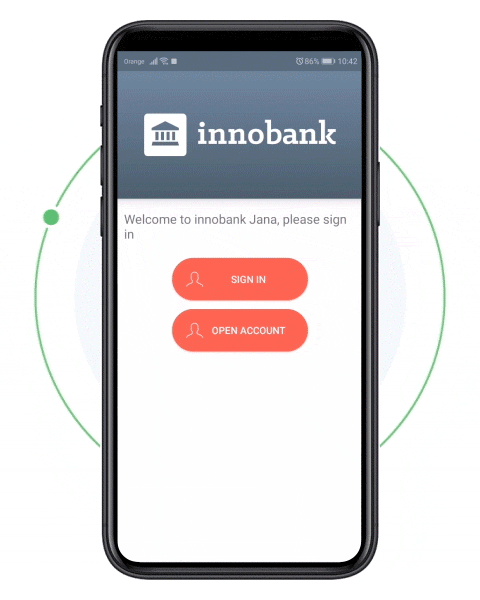Face Authentication definition
Face Authentication is a biometrics-based technology that allows individuals to access resources such as physical locations, online services, or mobile tools using unique characteristics of their face to verify they are who they claim to be. It generally works by matching the individual’s facial biometric data to the faceprint of the individual for a specific authorization to use the service, item, or access an area.
What Is Face Authentication?
Face authentication is a process where an individual’s scanned physical face is confirmed to have access to the service to be utilized. The term face authentication is also commonly called face or facial recognition although they may not exactly be the same thing.
Face authentication relies on biometric detecting devices, native sensing technology, and algorithms. The biometric algorithms are utilized as software that uses devices like cameras for this purpose. In addition, liveness detection is often added as an extra necessary security layer. The system may prompt to move their face by blinking, nodding, smiling, or making any kind of facial movement during the authentication process. It may also require to perform these movements throughout the entire time while they are accessing the service.


How Does Face Authentication Work?
Face Authentication works by utilizing biometric detection technologies. Biometrics are biological measurements or physical features that are used to identify individuals. Some common forms of biometrics include fingerprint mapping, retina scans, and facial biometrics.
Face authentication processes generally have four basic phases or steps: face recording & conversion, face detection, face analysis & conversion, and matching.
Face Recording & Conversion
In face recording, a camera or sensor captures the unique characteristics of a person’s face, such as the distance between their eyes, the shape of their nose, and the contours of their jawline. This process involves taking a series of images or videos to create a comprehensive profile of the person’s facial features. Once the facial features are captured, they are converted into a digital format by analyzing specific points and patterns on the face. This digital representation is then stored in a database or used for comparison with other digital facial profiles.
Face Detection
During the face detection phase, the device locates and detects the face of the person, differentiating it from the background or other individuals.
Face Analysis & Conversion
During the face analysis phase, an image of the face is captured and analyzed by the device utilized. Again this image is converted into a faceprint by an algorithmic software. The identified facial biometrics in the faceprint allows the face-matching phase to be easier.
Matching
During the matching phase, the acquired faceprint is compared to the unique faceprint acquired initially for a correct match. AI and machine learning technologies may also be utilized for facial recognition. They are trained with image recognition algorithms and training sets. With this, they can match a faceprint with different poses and environmental conditions.
How Is Face Authentication Used?
The primary target of facial authentication is to utilize facial recognition technologies to verify correct individuals. As such, face authentication technologies have multiple applications for commercial ventures, entertainment, and security services.
Security Services & Law Enforcement
Globally, security services utilize face authentication to allow access to persons to critical areas and services within private companies or governmental institutions. Mobile face recognition has been utilized by law enforcers to use portable smart devices. Mobile phones are used to take images of a person to compare them to face recognition databases for accurate identification.
International Travel
In airports, border control utilizes face authentication technology in conjunction with biometric passports to allow people to skip extended waiting lines in favor of automation, where the face of the traveler is matched with their passport image.
Banking
Clients of banks can opt into facial authentication so that they can authorize transactions by looking at their smartphones or laptops with cameras instead of using OTPs on their devices. This adds another level of security in case the device in question is stolen as a second authentication factor.
Accessing Smart Devices
Users can record their faceprint on their smartphones as a security feature to make sure only they can use the device in question. Some hotels also utilize face authentication to allow their guests access to their rooms or other amenities.
Entertainment
Social media platforms such as Snapchat and Instagram can utilize facial recognition for entertainment. These platforms can recognize faces for instant tagging or for using filters for people to enjoy.
What Is Facial Biometric Authentication?
Facial recognition is the technology capable of identifying or verifying an individual through an image, video, or any audiovisual element of their face. Facial Biometric Authentication utilizes this technology to allow an individual to access an application, service, or system.
Biometric identification uses measurements from the human body. In facial biometric authentication, the technology utilizes the face and head of an individual to verify the identity of the individual. This is done via their facial biometric pattern by collecting the unique biometric data associated with their face and expression.
Differences Between Face Authentication and Facial Recognition
There are differences between face authentication and facial recognition that are worth mentioning:
Face Authentication is like your personal key to unlock something just like a one-to-one (1:1) match. When you use your face to unlock your smartphone or log into an app, the system checks your face against the stored data of the authorized user. It’s all about verifying that you are who you say you are.
Facial Recognition, on the other hand, is more like finding a needle in a haystack. It’s a 1:N match, where the system compares an unknown face against a whole database of faces to find a match. For example, security systems in airports might use facial recognition to identify individuals by scanning faces in the crowd and matching them to a list of known individuals.
So, in a nutshell:
- Face Authentication confirms your identity by matching your face to your own stored facial data.
- Facial Recognition identifies who you are by comparing your face to many others in a database.
The Benefits of Face Authentication Technology
With the use of AI and machine learning, face authentication can be utilized with reliability and high safety standards. Integration of algorithms and computing allows the process to be completed in real time, further reducing any potential risks.
Facial authentication offers several benefits to users, beginning with a very fast process. Facial recognition usually takes only a brief time and this speeds up access. This fast process allows for a unique and smooth user experience, where simply looking at a device is enough.
Security is another benefit, as like fingerprints and voice, each face is unique. Facial recognition systems, especially with the assistance of AI, can compare facial biometrics very quickly. Compliance is another benefit, as face authentication through video identification is commonly the only method recognized as an industry standard for remote identity verification during high-risk financial operations.

